How to Spot Fake Turquoise Jewelry: A Guide to Authenticity
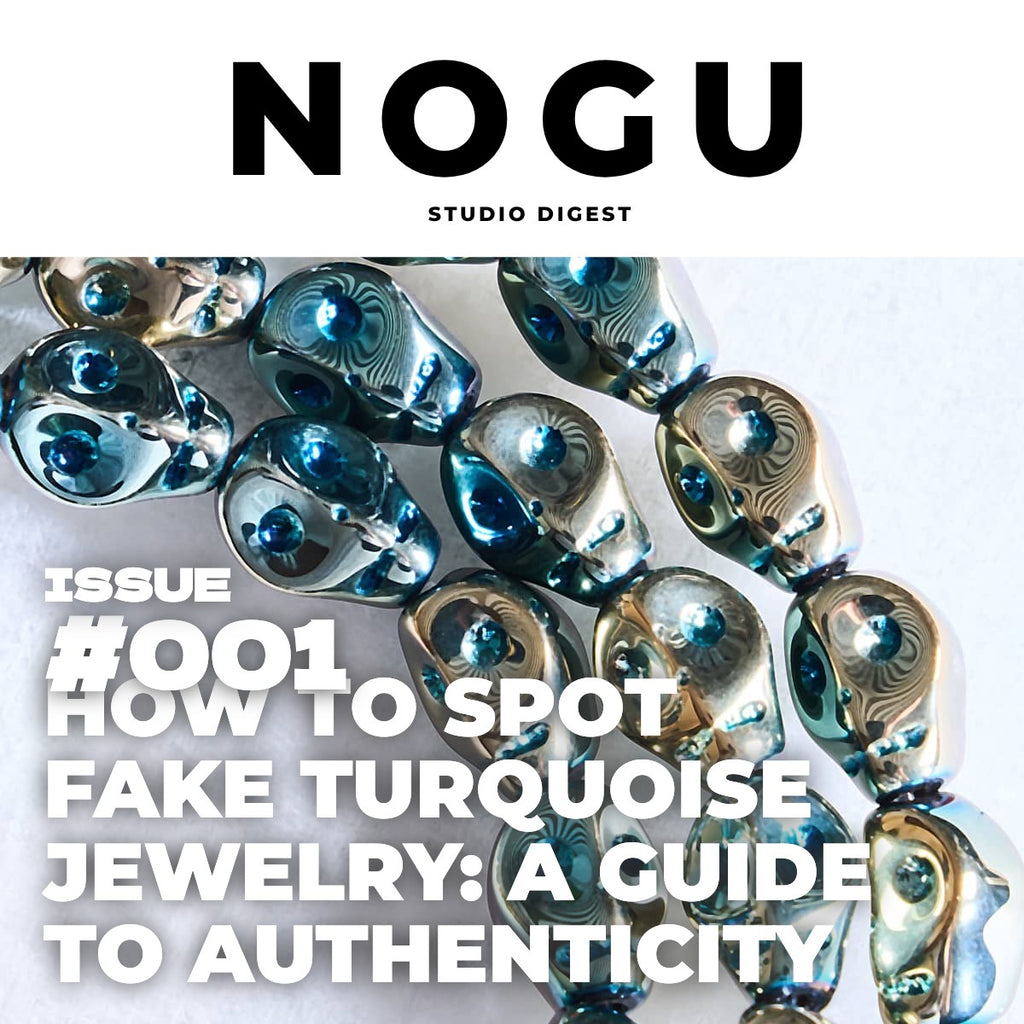
The Allure of Genuine Turquoise
There's something magical about genuine turquoise. Its vibrant blue-green hue evokes images of desert skies and ancient traditions. It’s a stone that tells a story, a piece of the earth’s art. But as its popularity soars, so does the prevalence of fakes and imitations. Knowing how to distinguish authentic turquoise from clever forgeries is essential for any jewelry lover. This guide will empower you to invest in real, high-quality pieces you can cherish for a lifetime.
At Nogu, we cherish the natural beauty of gemstones. That’s why we exclusively use authentic gemstones in our jewelry. When you choose a piece like our stunning Aquatic Souls Skull Bracelet, you can be confident you're getting the real deal, backed by our Lifetime Warranty.
What is "Fake" Turquoise?
Fake turquoise can be made from a variety of materials. The most common are:
- Howlite and Magnesite: These are porous white minerals that are often dyed to mimic the color of turquoise. They absorb the dye well, but their natural black veining (matrix) is often too uniform, a tell-tale sign of an imitation.
- Plastic or Resin: These fakes are created by mixing plastic with dyes. They are lightweight and often have a glassy, unnatural appearance.
- Reconstituted Turquoise: This material is made from small fragments of real turquoise that are crushed into a powder, mixed with epoxy resin, and compressed into blocks. While it contains genuine stone, it is not considered authentic turquoise.

5 Ways to Spot Fake Turquoise
1. The Price Test
Genuine turquoise is a rare and valuable gemstone. If you find a large piece of "turquoise" jewelry for an incredibly low price, it’s a major red flag. While affordable options exist, a price that seems too good to be true usually is. High-quality, authentic turquoise commands a higher price due to its scarcity and beauty.
2. The Visual Inspection: Color and Matrix
Authentic turquoise has a rich, often slightly uneven color, ranging from sky blue to deep greenish-blue. Fakes made from dyed materials often have a color that looks too perfect or uniform. Look closely at the matrix—the thin veins of host rock. In genuine turquoise, the matrix is irregular and intricate. In fakes, the lines are often too consistent and look painted on.
3. The Touch Test: Temperature and Weight
Real turquoise is a stone, so it will feel cool and dense to the touch. Fakes made of plastic or resin will feel lighter and warmer, closer to room temperature. Hold the piece in your hand; if it feels surprisingly light for its size, be skeptical.
4. The Hardness Test
According to the Mohs scale of hardness, genuine turquoise ranks between 5 and 6. This means it's harder than glass. A simple (but careful!) test is to scratch a small, inconspicuous area with your fingernail. If it leaves a mark, it's likely a softer, fake material. For a more definitive test, you can consult a jeweler who can perform a hardness test without damaging the stone.
5. The Acetone Test
If you suspect a piece is dyed howlite or magnesite, you can perform an acetone test. Dab a small amount of acetone (nail polish remover) on a cotton swab and gently rub it on a hidden part of the stone. If any color comes off onto the swab, it’s a clear indication of a dye job. Be cautious with this method, as it can damage the finish of some fakes.
Trust in Authenticity
The best way to ensure you're buying authentic turquoise is to purchase from a reputable source. At Nogu, we pride ourselves on our commitment to quality and transparency. Our gemstone bracelets collection features only genuine stones, set in hypoallergenic 925 sterling silver. We believe in the power of real, beautiful jewelry to make you feel confident and radiant.
Ready to find your perfect piece of authentic turquoise? Explore our new arrivals and discover the magic of genuine gemstones.
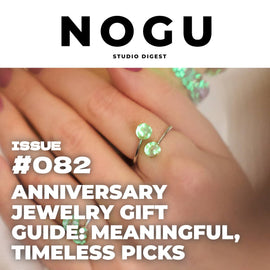

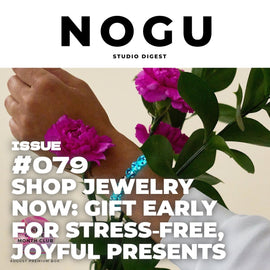
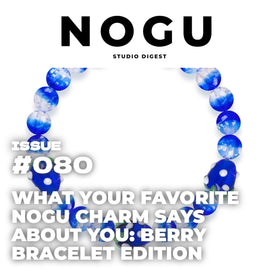

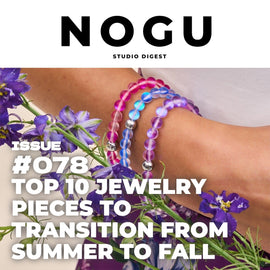
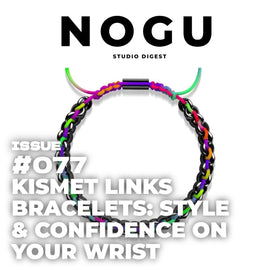
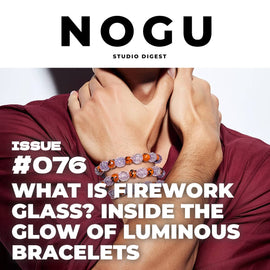
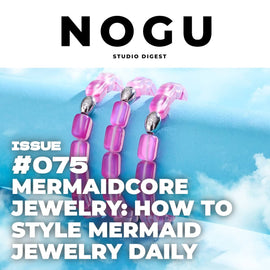
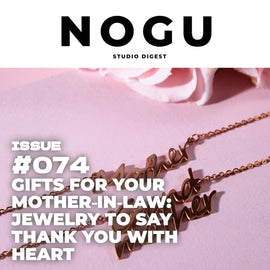










Comments